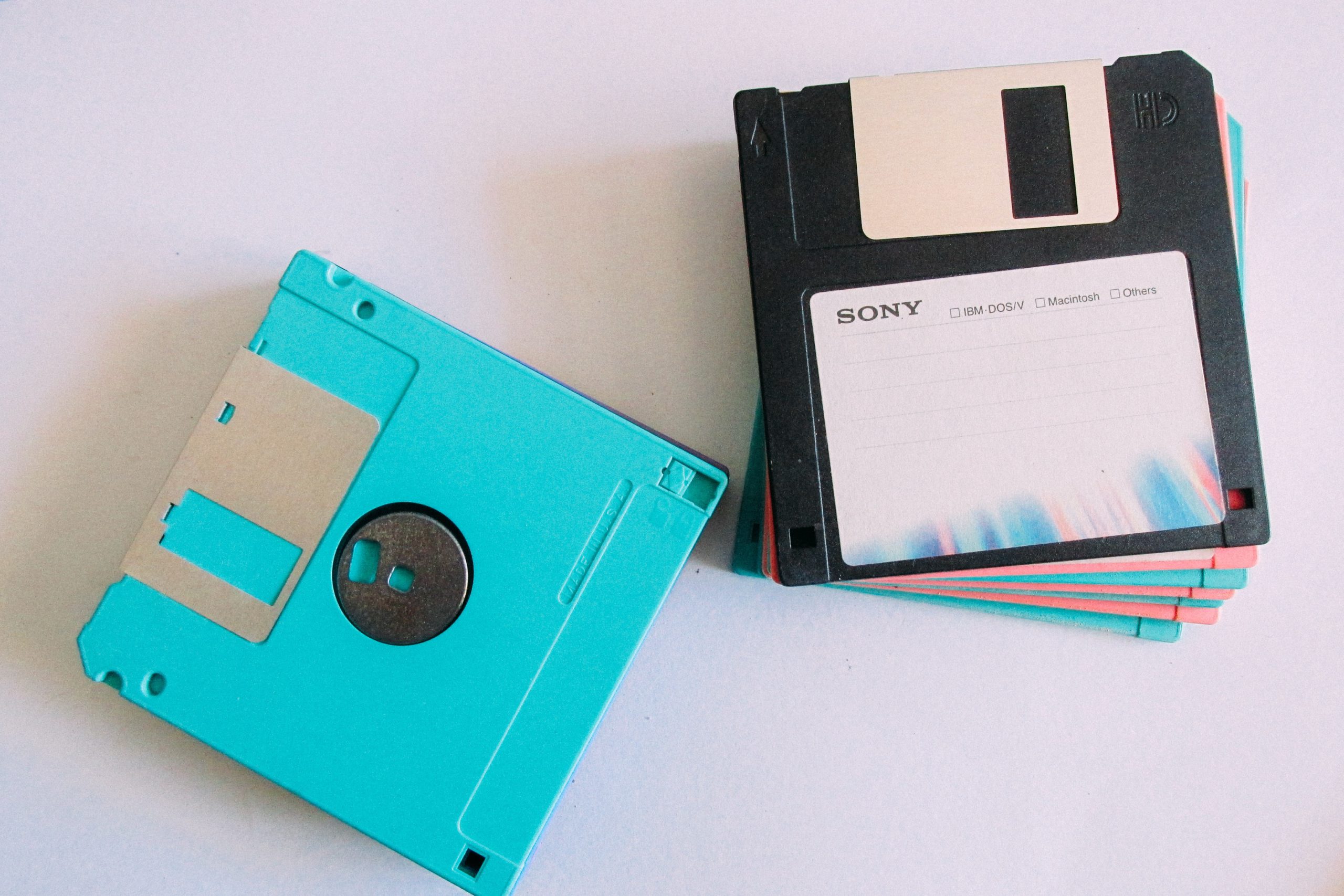What is the memory limit for the human brain? Is there a physical limit to the information we can hold inside our heads?
Professor of Psychology Paul Reber from Northwestern University provides the answer: Even though there should be a physical limit to the number of memories we can have, the overall capacity of the brain is quite high. It’s so large that you really don’t need to worry about reaching the storage limit one day.
The human brain consists of almost one billion neurons. Each of the neurons connects to around other 1.000 neurons, resulting in more than 1 trillion connections. If every neuron was responsible for only one memory than storage usage would become a problem. Physically, you may have a few Gigabyte’s of space like an iPod or a USB flash drive. But the neurons converge and simultaneously help to create many memories. Gathering of neurons also increases the memory storage capacity significantly as it reaches almost 2,5 petabyte (2,5 million gigabytes). As a comparison, if you consider your brain as a digital recording device of a TV, it could hold up to 3 millions of hours of a TV show. To store this amount of TV show, the television had to be turned on for 300 years.

It is still not so easy to accurately calculate the eventual storage capacity for memories. The first obstacle in the way is not knowing how to measure the scale of memory. Second, some memories contain more detail than others and use more space. Therefore the brain pushes aside the insignificant ones and opens up more space for the important ones. Additionally, our brain doesn’t even bother to remember some memories in the first place.
This mechanism helps our brain to keep pace with the new experiences. So, here comes the question: If human life span expands significantly one day, will our brains able to hold centuries of memories?
For Reber, it is not possible to come up with an answer to this question now as he says, “Ask me a 100 years later.”
This article originally published on DijitalX TR page by Ezgi Atayay.


